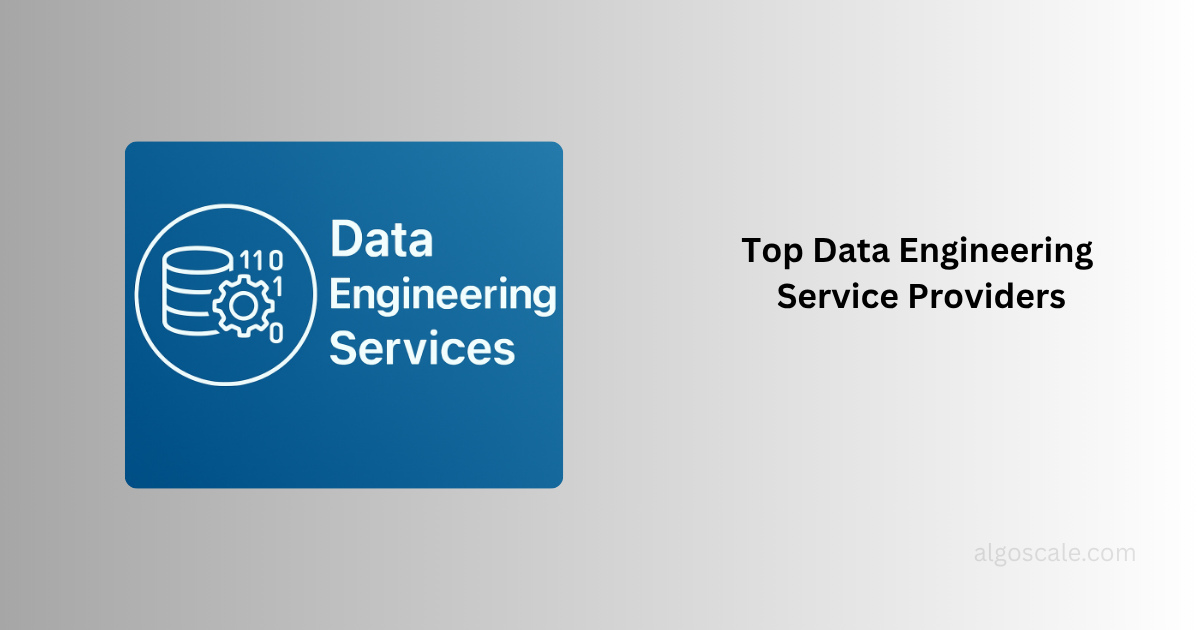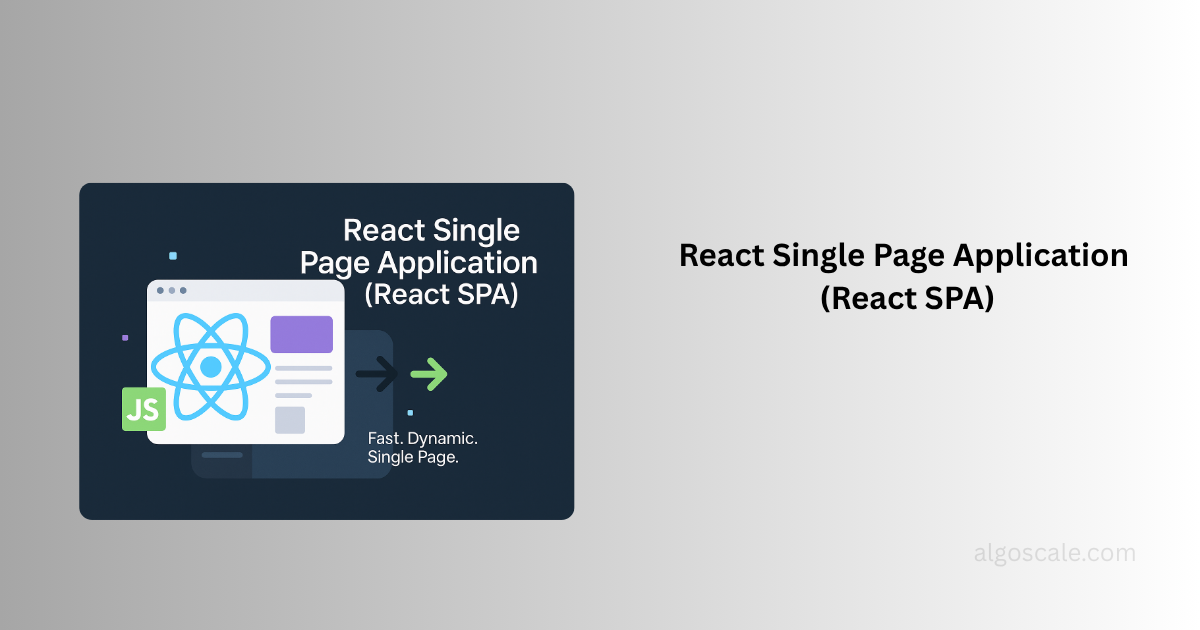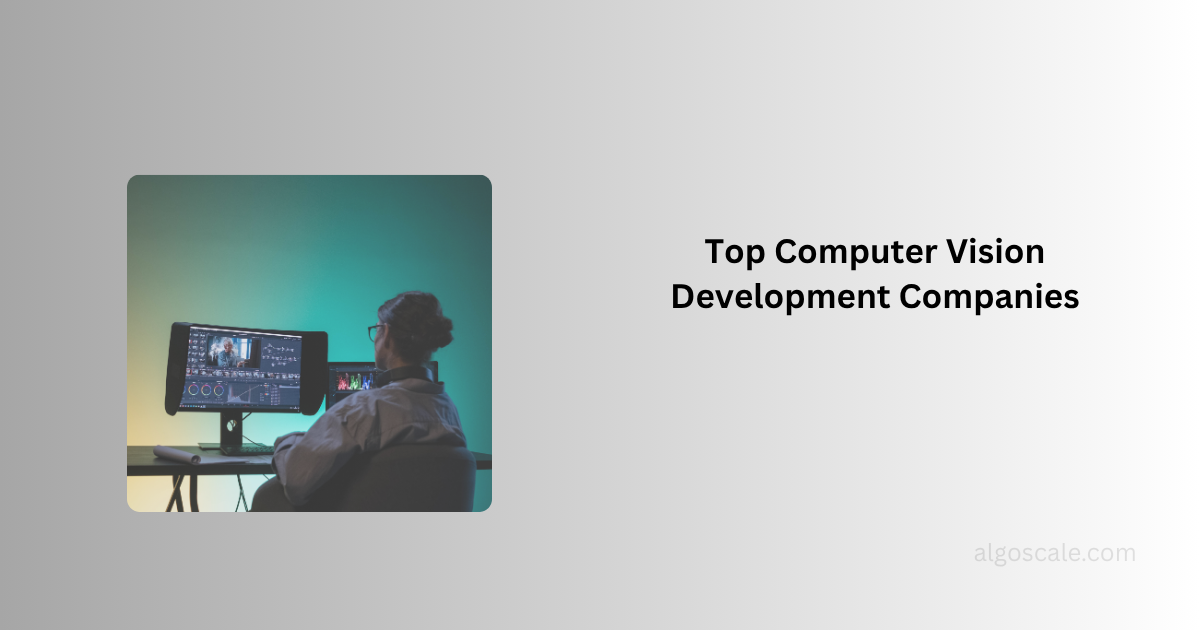Introduction
The methodology and techniques of machine learning have greatly influenced data visualization. As such, this has directly influenced the field of business intelligence. As per a Gartner report, machine learning is drastically going to influence augmented analytics in the future which may add to our existing data visualization capabilities. All this would have a tremendous impact on business intelligence in general and other domains.
Also, read How machine learning boosts customer analytics for faster results
Dynamics of real-time analytics
One of the most important advantages of machine learning methodology is that it helps in data and knowledge discovery. This means that large data sets are automatically processed concurrently. This means that if we must deal with large data streams, it is possible with the help of real-time analytics. Real-time analytics helps us in deriving useful insights from huge chunks of data that ultimately aid in data visualization. In addition to this, we leverage the power of machine learning algorithms to enhance our real-time analytics capabilities. The aggregate of data visualization and machine learning not only helps in neutralizing outliers but also helps in representing the data in a graphical format that is easily comprehensible and appealing.
Granular and actionable insights
The entire field of analytics has been drastically influenced by the processing power of machine learning capabilities of software and systems. The entire pipeline of data is subjected to rigorous algorithms that are used to derive triangular and actionable insights. Machine learning algorithms are used to transform data visualization software by increasing the training data sets so that the software can easily respond to anonymous and uncertain data types. The level of granularity has reached a new high with the help of machine learning methodology. More specific visualizations are possible and concrete analytics can be performed by intelligent machine methodologies.
Visualization dashboards
Dashboards are one of the most popular visualization methods as they help in representing information with the help of specific parameters. The machine learning methodology is very helpful in the creation of dashboards. Moreover, advanced algorithms can be deployed to predict user queries and forecast accurate results. One of the most important advantages of the visualization dashboard is that it helps in the representation of data in various forms and combinations. This is particularly crucial for business intelligence and business management, where robust visualization strategies, often supported by data visualization consulting services, play a pivotal role in informed decision-making.
Data panorama
Visualization helps in the construction of a panorama of data and an analytical story on its own. Data panorama gives insight into various numbers and text that are derived from diverse sources and condensed into a consolidated platform. Machine learning methodologies help in better drafting of a data panorama. We can apply classification and clustering algorithms to create qualitative dashboards from quantitative data types. In one word, data panorama helps in the narrative analysis of data.
Predictive analytics
Data visualization strategies help in the drafting of advanced forecasting strategies which help in predictive analytics. The final stage of data visualization is the creation of models which are trained using large data sets to predict outcomes of spontaneous events. Machine learning techniques help avoid overfitting so that the predictive model learns from the data set rather than memorizing it. In this way, machine learning methodologies justify the accuracy of predictive models, thereby helping in real-time analytics.
Before the advent of machine learning methodologies, predictive analytics was largely dependent on manual intervention. This required constant adjustments to even the smallest of the variations so that unexpected outcomes are largely avoided. In addition to this, once the model was constructed, it was not possible to improve the quality of predictions. Machine learning has largely done away with this disadvantage by making constant adjustments in the traditional models whenever possible. The congruence of machine learning tools and data visualization platforms has given rise to reliable projects and models that can predict the outcome of an event with a high degree of precision. All this has led to a strong foundation of organizational data and appropriate structuring of the business knowledge base.
Know more about our Predictive Analytics Services.
Concluding remarks
There is no doubt in fact the dynamics of data visualization can be improved by the employment of machine learning methodology. The support of real-time analytics in this venture has been comprehensive and largely advantageous. That said, there are certain lacunae like overfitting, untimely fluctuations, and temporary redundancy that need to be avoided to make the visualization systems more dynamic and progressive.
To learn more, contact us at askus@algoscale.com
Also Read: US based hotel chain leverage analytics to improve customer experience and increase repeat guests











